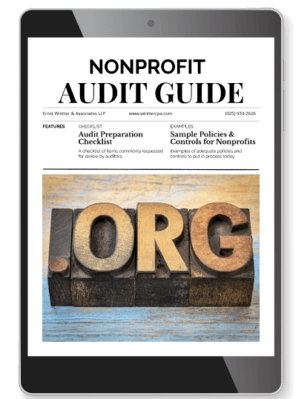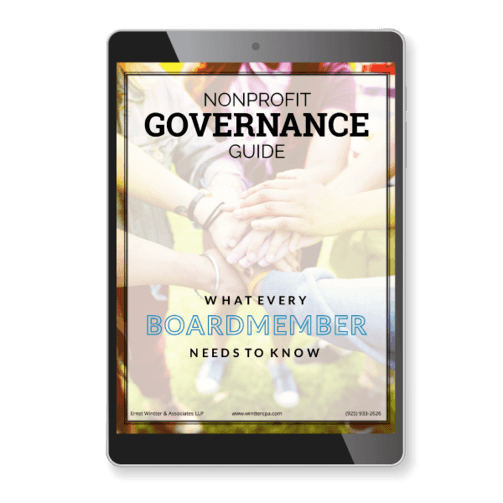In any organization, unexpected staffing shifts can disrupt operations—but in nonprofits the impact is often sharper because tightly interdependent, siloed roles keep day-to-day work closely coupled. Just as nonprofit audit services surface efficiencies and prepare you for worst-case scenarios, cross-training staff builds redundancy, breaks down silos, and keeps essential functions running smoothly through vacations, turnover, and other transitions.
Operational benefits
Cross-training refers to the exchange of skills and knowledge across positions and can be a helpful hedge against unexpected long-term or short-term position vacancies. For example, if a nonprofit’s Gifts and Community Support officer takes family or sick leave or resigns, their specialized knowledge of the donor management systems and strategies leaves with them, and that is not a nonprofit function that can afford hiccups. Staff cross-trained in that position, and other employees can take up their responsibilities in their absence or help smooth the transition to a new hire.
Staff benefits
Nonprofit staff also professionally and personally benefit from cross-training. It is an opportunity for professional development that adds to their skill set in both vertical and lateral position responsibilities. Not only does cross-training add to their career accomplishments, but it also helps employees gain a greater understanding of the nonprofit’s operations as a whole. This can improve their work in their position and allow them to diversify their workaday routine.
Overall organizational benefits
Lastly, cross-training staff has larger-scale benefits for the whole organization. By creating an exchange among differently specialized employees, cross-training offers a fresh perspective and employees may provide unique insights into potential efficiencies and improvements in their cross-trained position. Further, cross-trained staff can provide additional oversight that can catch mistakes or identify intentional wrongdoing. This atmosphere of collaboration and transparency across different positions and teams can help to cultivate a more cohesive organization culture overall.
Where to begin
For a practice of cross-training staff to reap its many potential benefits, it is essential for nonprofits to strategically implement the process and offer opportunities for feedback and revision. A helpful place to start is by appointing a steering committee with employees in diverse positions within the organization, and outside professionals such as consultants or California nonprofit audit to draft an initial strategy. The committee’s first task is to identify positions that would benefit from cross-training and then to enumerate the various responsibilities of that role. From there, the committee and the cross-training employees can continue to explore and revise the cross-training process to realize its benefits and finalize the process.
Ernst Wintter & Associates LLP specialize in California nonprofit audit and tax preparation services. Contact us today for help with your nonprofit audit or tax prep needs.








